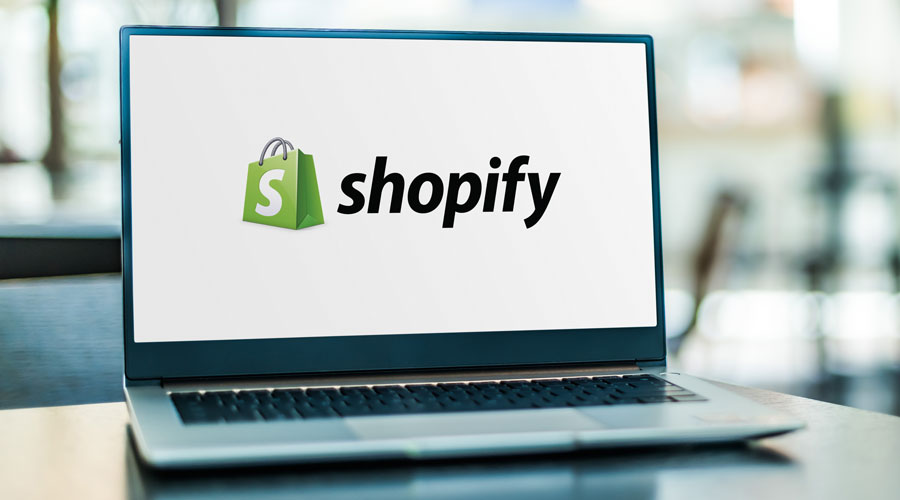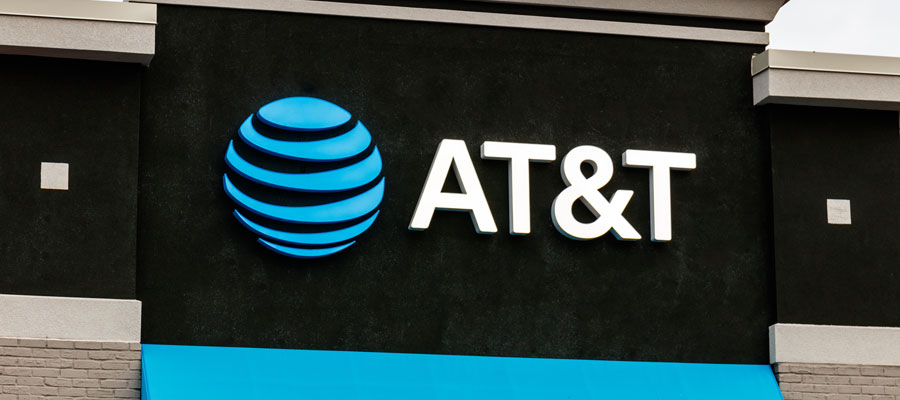YOUR AD HERE
 While you own the content and control your website, Shopify owns the platform itself, which includes the software, servers, and infrastructure that power your website. File photo: Raman Shaunia, ShutterStock.com, licensed.
While you own the content and control your website, Shopify owns the platform itself, which includes the software, servers, and infrastructure that power your website. File photo: Raman Shaunia, ShutterStock.com, licensed.FLORIDA: I get this question quite often and it’s pretty important to know the difference. I’ve discussed a bunch of similar issues with domain and site ownership in my book Mastering Your Website.
If I build my website on Shopify who owns my website?
Technically, you will own the website you build on Shopify, even though Shopify provides the platform and tools to create and run it. The keyword here is platform. Here’s a breakdown:
- Your ownership: You retain ownership of all the content on your website, including product information, images, text, and designs. You control what appears on your website and have the freedom to modify it as needed.
- Shopify’s role: Shopify acts as a platform provider, offering the infrastructure and tools to build and manage your website. They don’t claim ownership of your website’s content or data.
It’s important to distinguish between website ownership and platform ownership. While you own the content and control your website, Shopify owns the platform itself, which includes the software, servers, and infrastructure that power your website.
Here are some additional points to consider:
- Domain name: Owning your website doesn’t automatically imply ownership of the domain name. You can either purchase your domain name separately or register it through Shopify for an additional fee.
- Shopify’s terms of service: It’s crucial to familiarize yourself with Shopify’s terms of service, which outline the rights and responsibilities of both Shopify and its users.
Overall, building your website on Shopify grants you ownership of the website content, while Shopify remains the platform owner.
If I use Shopify for my website, how many different payment services will I be able to use? Does Shopify accept all payment methods?
Shopify offers a variety of payment methods for your online store, but it doesn’t necessarily support every single payment method available globally. Here’s a breakdown:
Using Shopify Payments:
- Pros: This is the simplest option as it eliminates the need for a separate merchant account and integrates seamlessly with your store.
- Payment methods: With Shopify Payments, you can accept all major credit cards, Shop Pay (allowing customers to save information for faster checkout), Shop Pay Installments (offering buy-now-pay-later options), and Paypal Express. Additionally, you won’t be charged transaction fees for these methods.
Using third-party payment providers:
- Pros: Provides more flexibility to choose from a wider range of payment methods beyond those offered by Shopify Payments.
- Cons: Requires setting up a separate merchant account with the chosen provider and might incur additional transaction fees.
- Payment methods: The specific options will vary depending on the chosen provider, but they can include alternative payment methods like cryptocurrency, wallets like Meta Pay and Amazon Pay, buy-now-pay-later services besides Shop Pay Installments, and region-specific options like BillEase (Philippines) or DBS PayLah! (Singapore).
Additional considerations:
- Shopify’s list of payment gateways: They offer a searchable list by country to show which payment methods are available in your specific region and the currencies they support: https://www.shopify.com/payment-gateways.
- Choosing the right mix: Consider factors like your target audience, your location, and the popularity of different payment methods in your market when deciding which options to offer.
In conclusion, while Shopify doesn’t support every single payment method globally, it offers a good range of options through Shopify Payments and integration with various third-party providers. The specific options available to you will depend on your location and chosen setup.
The post Popular Question: “If I Build My Website on Shopify Who Owns My Website?” first appeared on Strategic Revenue - Domain and Internet News.







 English (US) ·
English (US) ·